UPDATE | January 20, 2020
The timing of the new year is probably the most important holiday of the year for many. Different countries have different timings and ways to spend the new year. Here, we introduce “Hatsumode”, a tradition of celebrating the New Year unique to Japan.
* Let's celebrate a new year by going to Hatsumode!
[PR]
Hatsumode is to visit worship shrines and temples at the beginning of the year. They often give thanks for the previous year or ask God to make the coming year a good year. It is said that it is better to visit Hatsumode during the three days (January 1 to 3), at least during the Matsunouchi period. "Matsunouchi" refers to the period during the New Year's decorations, and there are differences depending on the region. In general, the period is until January 7 in the Kanto region and January 15 in the Kansai region.
There are no particular rules regarding the time to visit, but many people seem to be aiming for the moment they change on the first day (January 1) or early in the morning.

★ Etiquette when visiting a shrine for the first time
At the torii, bow first and then go through. The path from the entrance to the main shrine is called "Sando", and the middle of the approach is the path through which God passes. For this reason, worshipers must not walk in the middle of this road (called "Sechu"). Walking on the left and right sides is the basic manner.
Next, cleanse your mind at the Tesumi-sha (pronounced "Teomizu" or "Temizusha") on the side of the approach.
It is said to purify the drainage, and it means to purify your hands and mouth before worshiping and to take evil before entering the sanctuary of God.
[How to clean in Tesuisha]
・ Hold a ladle (read as ladle) with your right hand to scoop water and pour water on your left hand to purify.
・ Next, clean your left hand with your right hand.
・ Next, hold the ladle in the right hand to rinse the mouth, pour water in the palm of the left hand, fill it in the mouth, rinse without making a noise. Do not put your mouth directly).
・ Finally, pour a little water on your left hand, put up a ladle, pour the handle (the part you have) with the remaining water, and gently return to the original place.
This is the end of the purification using Tesuisha.
Next is worship.
Put the offer in the offer box. Offers should be quiet, not thrown, because they are offerings that show thanks to God. If there is a bell, it shakes and rings, and performs "two bows two claps one bow".
・ Two deep bows.
・ Two claps. At this time, hit your right hand slightly down.
・ One bow. Thank you to God, aligning your fingers and putting your hands together.
-Finally, bow and leave.
The manners of worship may differ depending on the shrine, so be sure to find out how to worship at that shrine when you visit a shrine.
After worship, leave the torii gate, look back and bow again.
★ Manners for visiting a temple for the first time
The entrance of the temple is also called Yamamon. It derives from the ancient Chinese temple built on the mountain. There is a temple as a place where you can face the Buddha in front of the Buddha. Before entering the temple, quietly join hands and bow before proceeding.
It's not like walking at a shrine. You can walk in the middle of the approach to the temple. There is also a suisha, and the method of purifying yourself is the same as the way you do it at a shrine. When you arrive at the main hall, bow and offer your offer. If you have a bell, shake it and pray with your hands together in front of your chest. When worship is over, bow again with gratitude.
When going to Hatsumode, everyone will have many wishes for the new year. Let's start by thanking God and Buddha.
When making a wish, whether at a shrine or a temple, be sure to report your gratitude for being able to spend the previous year safely and what your year was like. And when you make a wish for the new year, don't be greedy, "I want to make it happen" and "I want to make it happen." Let's pray for your first wish, for example, "passing the school of your choice" or "health for the whole family".
There is no limit on the amount of the offer. It expresses gratitude and does not mean that the more money you give, the more your wish will come true and your profit will increase.
On the first day of the New Year's visit, besides making requests, there are also pleasures such as drawing fortunes and buying amulets.
Withdrawing fortunes, what the fortunes of the new year will be, and that may change your mind. You may want to refer to it.
And, depending on the fortune, it is good to choose an amulet. There are various types of amulets, such as “Pray for passing (please pass),” “Traffic safety (preventing traffic accidents),” and “Non-diseased disaster (being healthy without illness).” Let's choose according to your request. You don't have to buy it. It is quite fun just to walk while watching various things.
In addition, there are shrines and temples where there are shops selling food and so on, so you can enjoy food unique to the stalls there as well.
The above is a brief introduction of the first visit to Japan. If you have the opportunity, when you reach the new year, let's go to Hatsumode and make a request!
■ Recommended for those who read this article
What international students should be aware of when working part-time in Japan

アクセス日本留学Editorial Department.アクセス日本留学" where foreign students can request materials to find Japanese schools, and hold "advancement information sessions for foreign students".
[PR]
[PR]